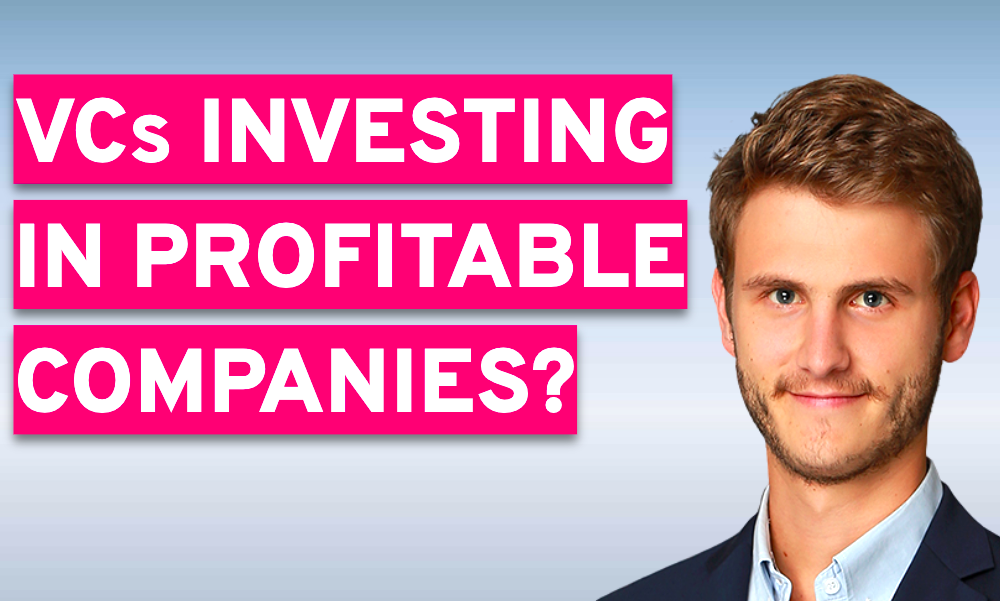My goal on this post is to highlight the fundraising landscape in Mexico and spanish-speaking Latin America, which is our focus at AMG Block Ventures. Why not Brazil, you wonder? I’ll talk about that, but to get to the point, it’s a different market than the rest of Latam in terms of language, culture, and the market dynamics.
Now, a lot has been said about the emergence of Latin America in recent years, considered one of the fastest growing regions for startups in the world. Let’s take a look at some of the data that supports this statement.
Table of Contents
Latam is the new hot market for Venture Capital
According to Pitchbook, in 2021 alone, over USD $15B was invested in the region, which is as much as the last 4 years combined!
Local VCs are trumped by US and Brazilian funds
We’ve seen global investors tapping into the region, including the likes of Softbank, a16z, Sequoia, Tiger Global, Coatue, Lightspeed, to name just a few. It’s important to notice that the most active investors in the region are primarily US-based funds and Brazilian funds.
What about the local VCs? Well, the reality is that the VC landscape in Mexico and Spanish speaking Latam is still nascent. Mexico, which represents the second biggest market in terms of Venture dollars invested, has less than 50 VC funds actively deploying across the market. The Amexcap, which is the Mexican Association for PE and VC has a member directory with 26 firms focused on Venture (there are others that are not listed).
VC money in Latam is flowing at a record pace
Across Spanish-speaking Latam, the number of local VC funds is even smaller than in Mexico. With a population of over 120 million in Mexico, 50 million in Colombia, 32 million in Peru, 18 million in Chile, 44 million in Argentina and more than 100 million across other countries, that represents a Market size of over 390 million - bigger than that of the US (which by the way, has over 57 million Latinos representing almost 20% of the total population!) The market size and opportunities are just getting tapped into, as reported by Latinometrics.
Latam is seeing its first major exits
Another reason why we’ve seen international investors investing in the region is the fact that exit strategies are now on the horizon and success stories are more common now. For instance, Cornershop, a Chilean delivery startup acquired by Uber for over USD $1.4B last year or Nubank, a neobank founded in Brazil by Colombian entrepreneur David Velez having their IPO on the NYSE with backers like Warren Buffet and Sequoia. According to Contexto, a regional news outlet, there are now 22 unicorns in Mexico and Spanish speaking Latam (and 23 in Brazil alone). This was not the case just a few years ago.
Latam founders are solving structural problems
While fintech has been the industry that has received more funding in Latam, we’re seeing growth across various business verticals like e-commerce, healthtech, logistics, edtech, retail tech, among others. Startups in Latam focus on solving structural issues (rather than convenience) for a vast percentage of the population and technology is playing a huge role given the smartphone penetration across the region.
Major obstacles remain nonetheless, especially for female founders
As you can see, it’s hard not to get excited about the growing opportunities in the region and the massive impact that tech investments have had and will have in the short and long term. But the reality is that it’s still hard for early-stage entrepreneurs in the region to fundraise; VC’s have grown their AUM and now invest at later stages, there are few government initiatives to support entrepreneurs, language barriers (only 5% of Mexico’s population speaks fluent English according to a recent study ), lack of access to networks within the ecosystem (i.e warm intros required), lack of fundraising education in spanish for entrepreneurs (legal structures, investment instruments, employee stock option plans, cap table management, data room set up, etc). The situation is even more dire for female founders in Latam. Of the $4.4 billion raised in 2020 for Latam startups, not a single dollar went to a female founder.
“Latin America is still evolving, but it’s behind in many ways. Women do not have the same visibility as men. The media and the ecosystem just doesn’t give visibility to what female founders are doing. I’ve also heard a lot that when it comes to pitching, if a woman does not have what’s perceived as a strong enough attitude, investors don’t take them seriously.”
- Michelle Fischman, head of platform at Nazca.
Latam VC ecosystems need further development
The challenges that founders face in Latam showcase the importance of continuing to develop local venture ecosystems, not only in Latam, but in other emerging markets as well. The value of local expertise, local networks and on-the-ground support are still invaluable for entrepreneurs. That is our goal at AMG Block Ventures and if you’re excited about supporting or learning more about the opportunities (particularly in fintech) in Mexico and Latin America, feel free to reach out!
About the Author
Carlos Torres de la Cuba is a fintech executive, investor, and entrepreneur with extensive knowledge of the U.S. and Mexican financial markets. As a Managing Director at AMG Block Ventures, Carlos bridges critical gaps in seed-stage funding for fintech startups in Mexico and Latin America.
Carlos can be reached out on LinkedIn (please add a note with your connection request)










